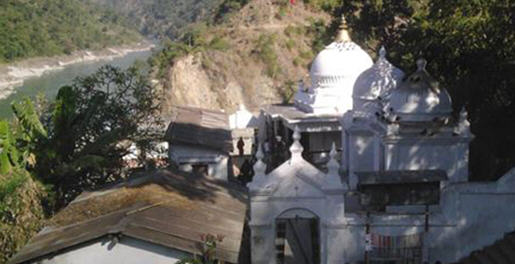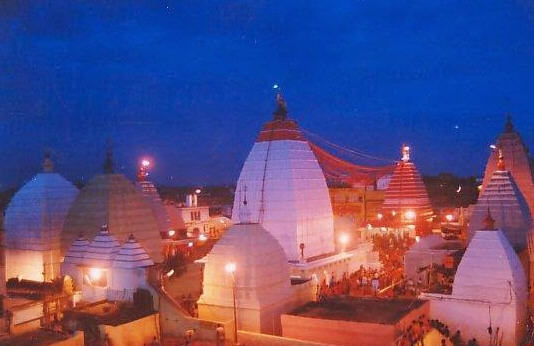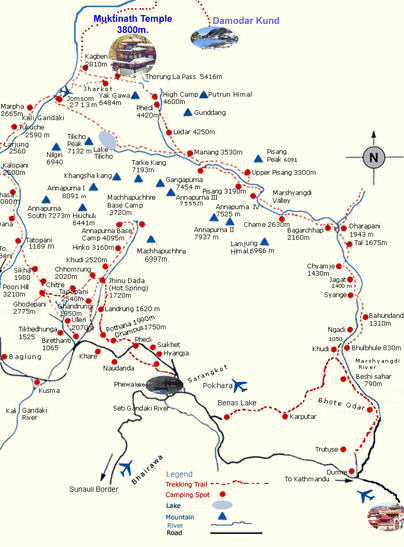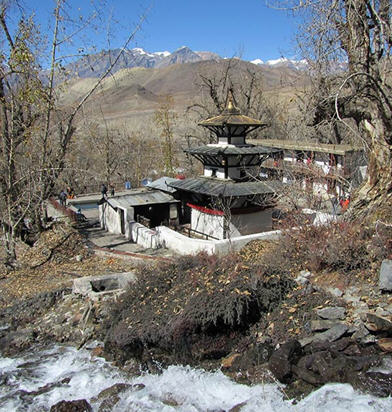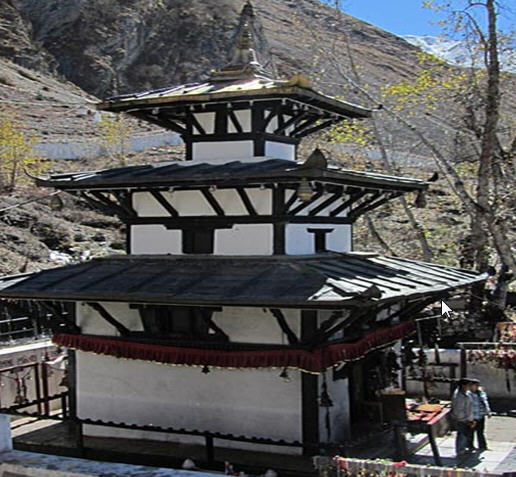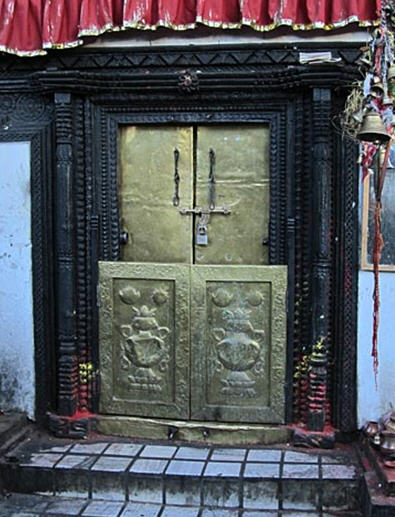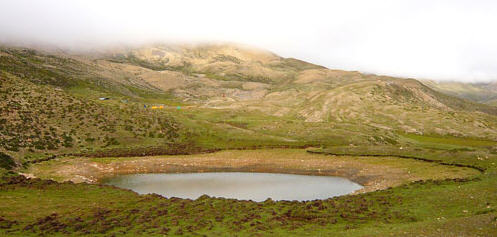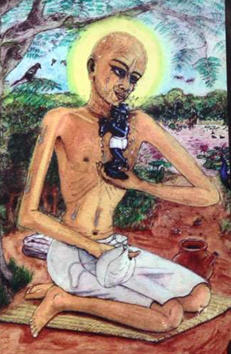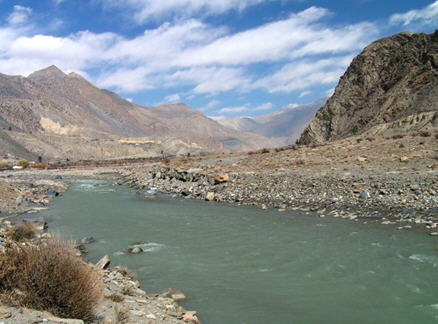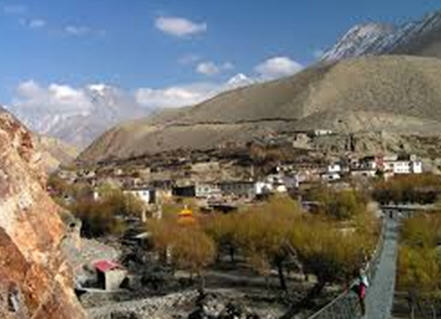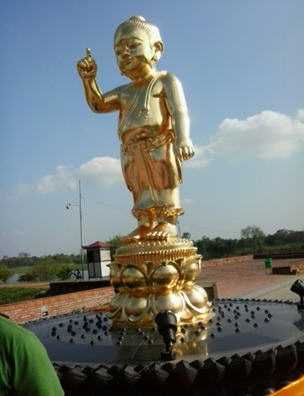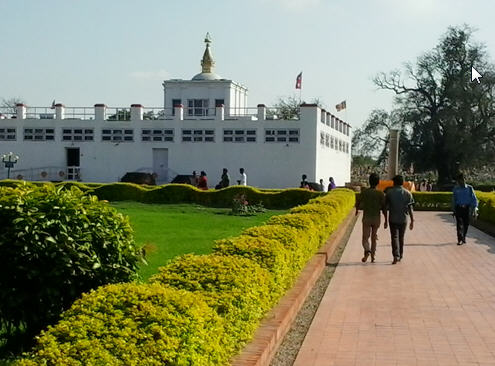Nepal contains part of the Himalaya, the highest mountain range in the world. Eight of the fourteen eight-thousanders are located in the country, either in whole or shared across a border with Tibet or India. These awe-inspiring, majestic mountains of Nepal attract the tourists from far and wide. Adventure activities like mountaineering, trekking and hiking can be enjoyed in this mountain range. Journey on these mountains transcends one to an entirely different world.
| Mountain | Height | Ranking in the World |
| Everest | 8848m (29028ft) | Highest mountain in the World |
| Kanchenjunga | 8586m (28169ft) | # 3 |
| Lhotse | 8501m (27890ft) | # 4 |
| Makalu | 8463m (27765ft) | # 5 |
| Cho Oyu | 8,201m (26,906ft) | # 6 |
| Dhaulagiri | 8167m (26794ft) | #7 |
| Manaslu | 8156m (26758ft) | # 8 |
| Annapurna | 8091m (26545ft) |
# 10
|
Mt Everest
Mt Everest is the highest mountain in the world measuring 8,848m (29,028feet) in height. It was first climbed on May 29, 1953 by a New Zealander Sir Edmund Hillary and Tenzing Norgay of Nepal .Mount Everest is also known by the Tibetan name Chomolangma (goddess mother of the snows), and by the Nepali name Sagarmatha (Mother of the Universe).
Everest had been attempted many times before the important expeditions being that of 1922, 1923 and 1924. The body of George H.L. Mallory, who died in an earlier attempt (1924), was discovered on the mountain in 1999.More than 600 climbers from 20 countries have climbed the summit by various routes from both north and south. Climbers’ ages have ranged from nineteen years to sixty. Climbing on Everest is very strictly regulated by both the Nepalese and Chinese governments. Climbing Everest treks to Everest Base Camp are becoming increasingly popular on both the north and south sides of the mountain .On the north side, a Buddhist monastery is one of two whose locations were selected specifically to allow religious contemplation of the great peak. The other side is the Thyangboche Monastery in Nepal. The once active Rangbuk monastery in Tibet has required much rejuvenation from the destruction it experienced following China’s invasion of Tibet.
Kanchenjunga
Kanchenjunga (8,586) is the third highest mountain in the world. From 1838 until 1839 was believed to be the highest .It is an enormous mountain –mass and many satellite peaks rise from its narrow icy ridges. It is located on the border of Nepal and Sikkim, just 46 miles northwest of Darjeeling .It is the most easterly of the great 8,000 meter peaks of the Himalaya.
Though not successfully climbed until 1955, it was first attempted in 1905, but four members of that international party were killed in an avalanche. As inspiring as Kanchenjunga’s beauty is at least the first three parties to ascend the mountain never attempted the final few feet to the summit our of voluntary respect or those who considered the summit sacred. The successful British expedition of 1955 set the standard by stopping a few feet short of the actual summit, in honor of the local religion.
Lhotse
Lhotse (8,516) is the fourth highest mountain in the world. Its long east-west crest is located immediately south of Mount Everest and the summits of the two mountains are connected by the South Col, a vertical ridge that never drops below 8,000 meters. Lhotse is sometimes mistakenly identified as the south peak of the Everest massif. No serious afternoon was turned to climbing Lhotse until after Everest had finally been ascended. Lhotse was first climbed in 1956 by two Swiss, Fritz Luchsinger and Ernest Reiss.
In addition to the main summit, there are two subsidiary peaks, Lhotse Shar, which is immediately east of the main summit, and Nuptse, a high peak on the mountain’s west ridge.
Makalu
Makalu (8,463) is the fifth highest mountain in the world. It is an isolated peak, located just 14 miles east of Mount Everest. Its size alone is impressive, but its structure, that of a perfect pyramid with four sharp ridges, make this mountain all the more spectacular.
It has proved to be a challenging climb, as only five of its first sixteen attempts were successful. Previously, it had been admired and studied by several Everest parties, but like so many other giants in Khumbu region, it was not attempted until the summit of Everest had been attained in 1954.A French group first climbed Makalu in year 1955.
Chomo Lonzo(25,650 ft) is a subsidiary peak of Makalu, rising just north of the higher summit, separated by a narrow saddle.
Cho Oyu
Cho Oyu (8,201) is the sixth highest mountain in the world, located a short distance to the west from Everest and Lhotse (the fourth highest) in the Khumbu region of Eastern Nepal along the Tibetan Border, its towering peak stands with Everest well above the surrounding mountains. It become a familiar landmark to climbers ascending Everest ‘s north face .Just west of Cho Oyu is the Nangpa La, a 19,000- foot glacier pass, and the main trade route between the Khumbu sherpas and Tibet. Cho Oyu’s proximity to the Nangpa la has earned it the distinction among some climbers as being the easiest 8,000 meter peak. It was the third such peak climbed, and the first climbed in autumn by two Australian.
Dhaulagiri
Dhaulagiri (8,167), whose name means White Mountain, is the seventh highest mountain in the world. It is an enormous Himalayan massif, located in north central Nepal. After its discovery by the western world in 1808, it replaced Ecuador’s Chimborazo (20,561 ft) as the postulated highest mountain in the world. It maintained this standing for nearly 30 years, until the discovery of Kanchenjunga which was then falsely believed to be the world’s highest mountain.
Dhaulagiri’s crest stretches for thirty miles, lending structure to an otherwise tangled topography of twisting ridges, glaciers, and ice falls. Along the main crest, several pyramid-shaped peaks rise. Four of these summits, numbered form east to west, rise above 25,000 feet.
In 1960, the Swiss/Australian expedition who first reached the summit did so despite their airplane having crashed during the approach. This was the first Himalayan climb supported by an airplane, although the plane was subsequently abandoned on the mountain.
Manaslu
Manaslu (8,163) is the peak of the Gorkha massif, and is the eight highest mountains in the world. It is located about 40 miles east of Annapurna, the tenth highest mountain. The mountains long ridges and valley glaciers offer feasible approaches from all directions, and it culminates in a peak that towers steeply above its surroundings landscape, and is dominant features when seen from afar. The name Manaslu is derived from the Sanskrit word Manasa and can be roughly translated as mountain of the spirit. An all-female Japanese expedition successfully ascended to the summit, thereby becoming the first women to climb an 8,000 meter peak.
Annapurna
Annapurna (8,091) is an enormous Himalayan massif, the tenth highest mountain in the world. In 1950, it becomes the first 8,000 meter mountain to be successfully climbed. It is located east of great gorge cut through the Himalaya by the Kali Gandaki River. The mountain has the glaciers on its western and north western slopes, which drain into the gorge.
Annapurna is a Sanskrit name that can be translated as goddess of harvests or more simply the provider. Of Annapurna’s many highs peaks, five are labelled using some variations of the name Annapurna. Of these, the two highest (Annapurna I and II), stand like bookends at the western and eastern ends of the massif.
